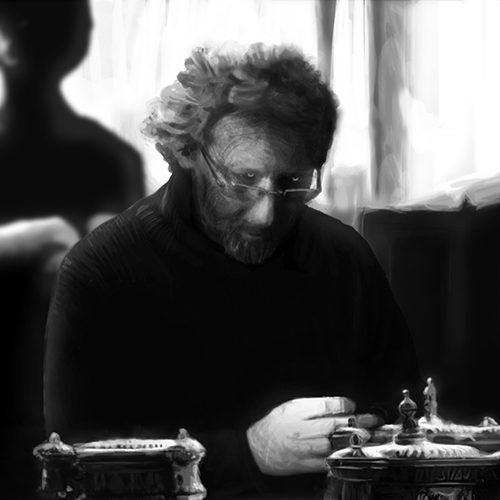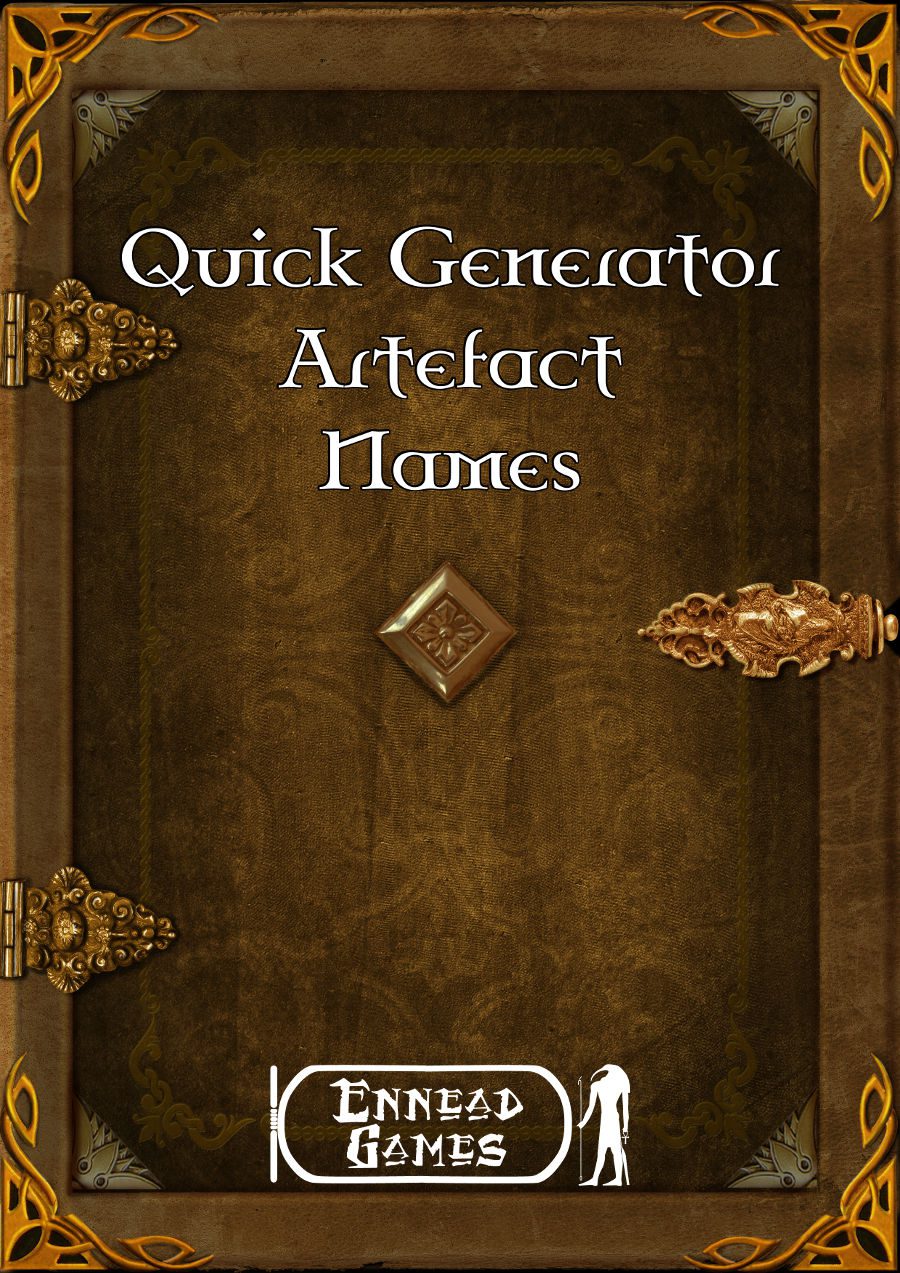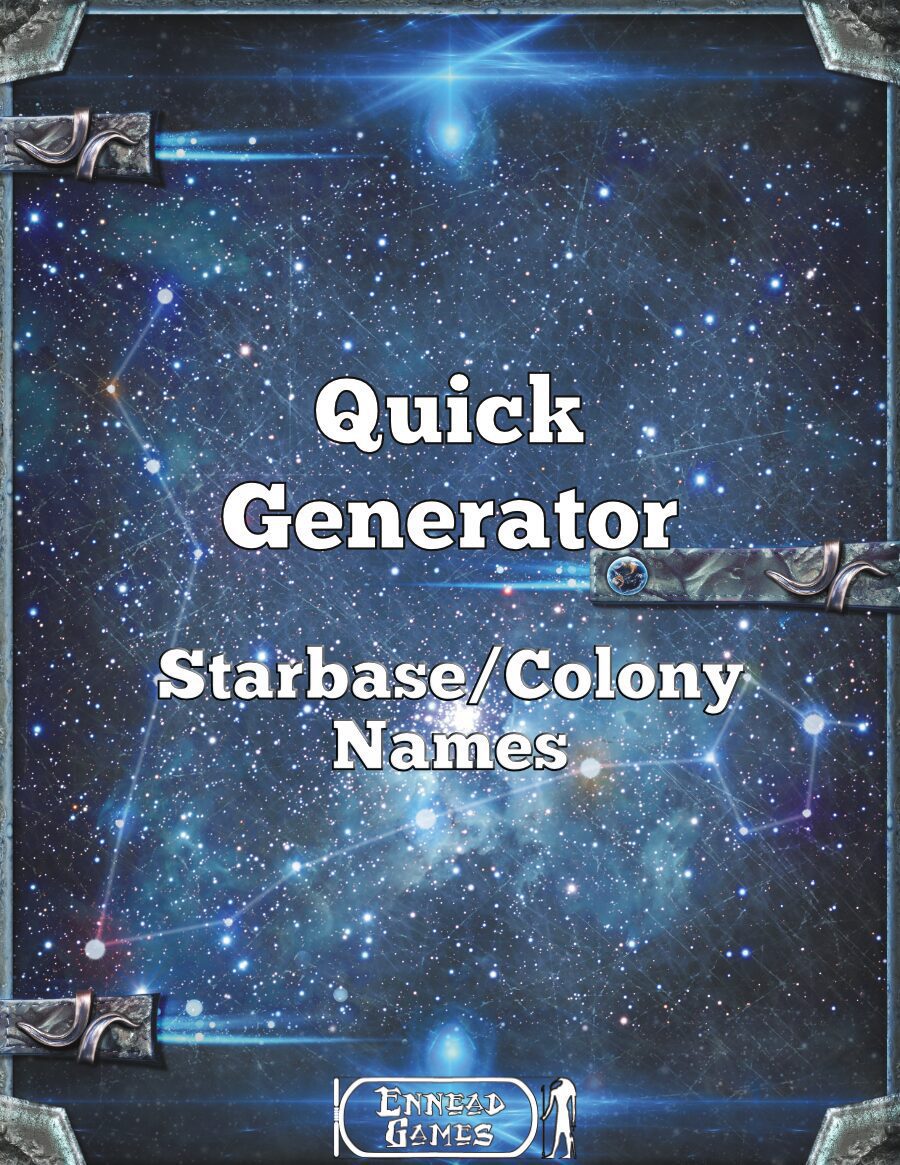
Fate System Toolkit: We Need a Montage!
Phil Nicholls blogs at Tales of a GM, where he writes about narrative gaming, faster prep and more story. He is currently running a HeroQuest Glorantha campaign in a home-brew setting. Phil has written for Johnn Four’s Roleplaying Tips newsletter and has a selection of self-published pdfs.
This essay is taken from the archives at Tales of a GM. http://talesofagm.com/
The montage is a storytelling trope, from The A-Team all the way to The Sound of Music. A montage is a short series of clips showing one or more characters working to achieve a long or complex goal. The typical A-Team version saw the characters convert a barn full of junk into a highly-improbable armoured fighting vehicle. This vehicle was then the centrepiece of the episode finale as the heroes defeated the villains and saved the day.
Fate Montages
The excellent Fate System Toolkit contains a short piece of advice on using montages in roleplaying games;
[QUOTE]If you’re less interested in playing out the day-to-day changes needed to reform a criminal justice system or fortify a castle, you can instead construct montages for your characters’ progress. Set a time limit—including a limited number of actions—that represent that time and resources the characters have available to resolve the situation before the story picks up in full.
For each roll, the characters attempt to resolve one of the discovered aspects using appropriate skills. Characters can work together, or they can split up to try to solve multiple problems. In this style of making big changes, narrate the group’s success like a movie montage, pausing only long enough at each roll to see the group succeed or fail to improve the situation. [END QUOTE]
Montages in RPGs
This Fate description reads very similar to the D&D Fourth Edition Skill Challenge. The difference lies in the presentation of the montage as a narrative device, and the requirement for the montage to cover a reasonable amount of time. This is such a great tool for the GM. Montages involve skill use to engage the Players, and greatly aid the narrative through time-compression.
The Players want to build defences for the village, but the real excitement lies in the battle with the bandits. A montage allows the Heroes to use their skills, but skips through the tedious preparation process and brings the game to the exciting confrontation much sooner.
Structure of a Montage
As outlined in the FAE System Toolkit, there are two main elements to prepare for the montage. The first is the story goal, which should arise organically from the game. Fortifying the village, jury-rigging weapons in a barn or researching an arcane ritual all make suitable montages. This story technique achieves a medium- to long-term goal in a short space of game time. Thus, most large story arcs, and many Character goals, provide opportunities to use a montage sequence.
Once the story of the montage is found, the GM must set the gaming parameters. It works as a variant on any extended contest or skill challenge your current rules provide. Simply vary your narrative to fit with the style of a montage.
Alternatively, create your own format for running a montage at the table. To give impetus to the Players, it is best to set a time limit to the montage. This time frame depends upon the story element. For example, if the bandits will attack the village in three days.
Next, break down the available time into broad units. In the case of the village, this gives us six time periods: morning and afternoon for each day. For each period in a montage, a Hero performs one action. Ideally, each action equates to a single skill roll. The action could be active, such as sharpening stakes for a defensive ditch, or supportive, such as aiding another Hero. In this way, the montage sequence comprises each Hero acting once during each time period.
Ensure each Hero has an equal number of chances to contribute, keep the spotlight moving. Depending upon the circumstances, these opportunities may be co-operative or individual assignments. Even if a montage is about one Hero’s goal, balance the spotlight around all the Players as much as possible.
Managing Resources
It is also possible to introduce resource management into the montage, albeit in a loose, narrative-style. Such as, if the Players want to do more than the available time allows. Likewise, for our village example, there are a limited number of workers available. The Players need to choose carefully what they want to do in the village, as they juggle time or resources.
So, in our example, there might only be enough time to dig a ditch all the way around the village. This would leave no time for anything else. The Players could fortify the central hall, or two of the smaller houses, but either option takes villagers away from digging a ditch. There might be enough timber to create a line of stakes to block cavalry, but not enough for a complete palisade around the village. Of course, the Players could choose to harvest more timber from the nearby forest, but this takes workers away from the ditch, and so on.
Furthermore, the narrative part of the montage works better with a “degree of success” skill system, rather than a binary “pass/fail” one. The montage skill rolls do not determine whether a ditch was dug, but rather how long it took and how good a ditch is produced. In this way, the results of one skill roll blend into the next time period. Thus, on a failed roll, the ditch might be taking too long to dig. Or, perhaps the villagers worked especially hard, and dug a deeper ditch than expected.
However, the montage plays out, be sure to reflect the results in the subsequent action. So, for our villagers, a deep ditch could see the bandits held up for longer crossing it. This makes the Player choices during the montage relevant, as they have direct consequences in the later climactic scene.
Conclusion
A montage sequence is a brilliant narrative tool. Common in film and television, it is under-used in RPGs. Players already know the concept, so it should not be difficult to include a montage in your game.
What is your experience with montages? How do you run them in your game? Share your experiences in the comments.
Happy Gaming
Phil
For more essays from Phil, and updates about his latest campaign, visit Tales of a GM.




One thought on “[Tales of a GM] – Fate System Toolkit: We Need a Montage!”
Comments are closed.